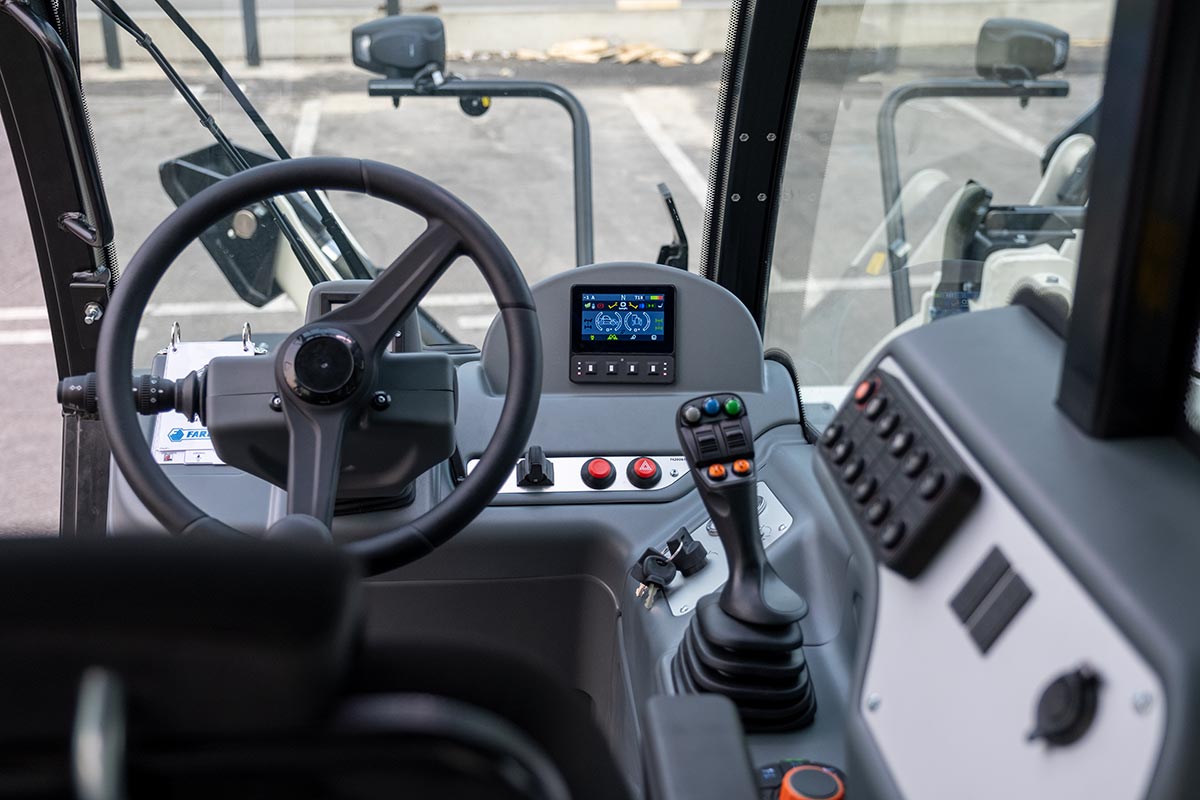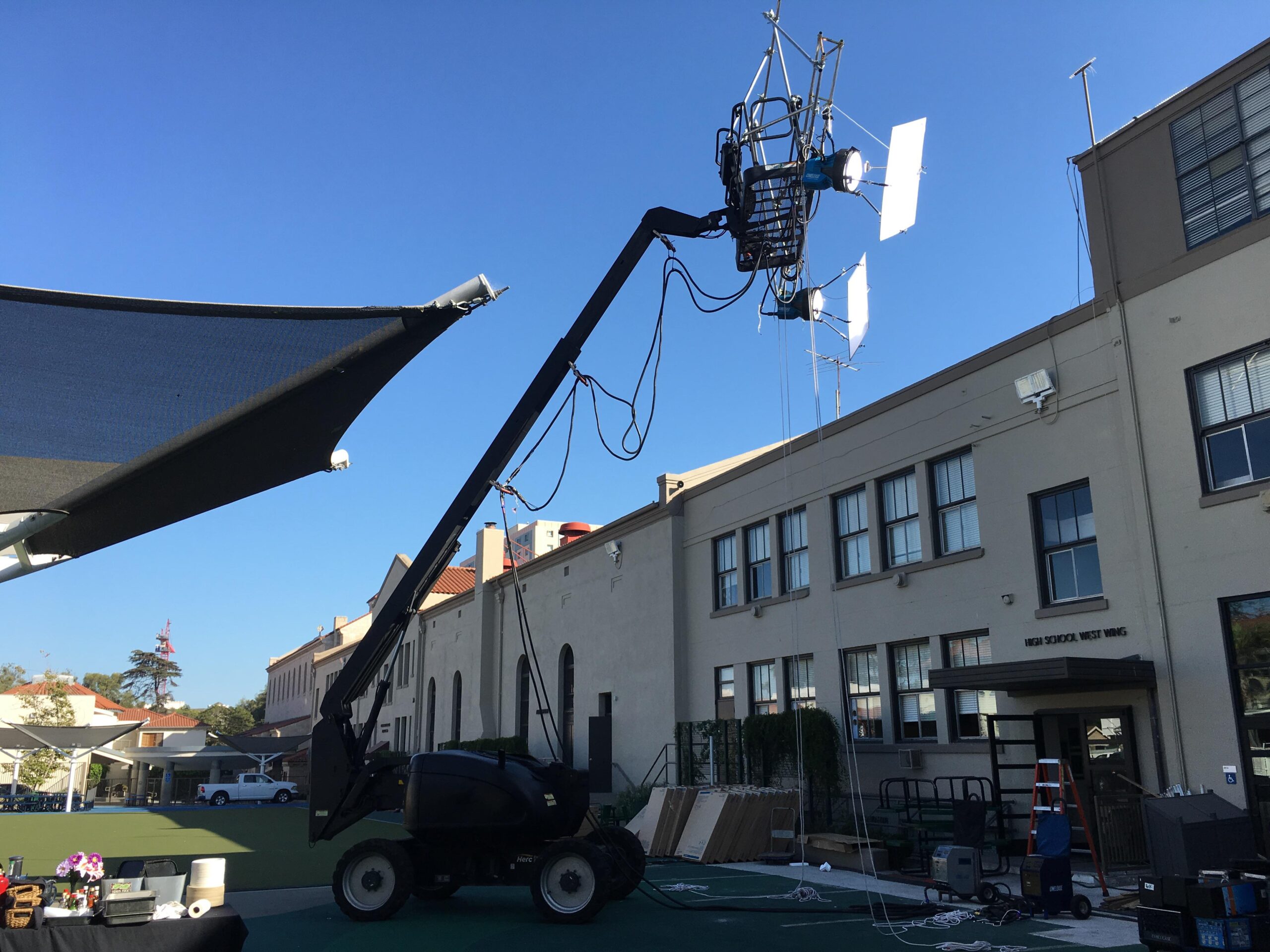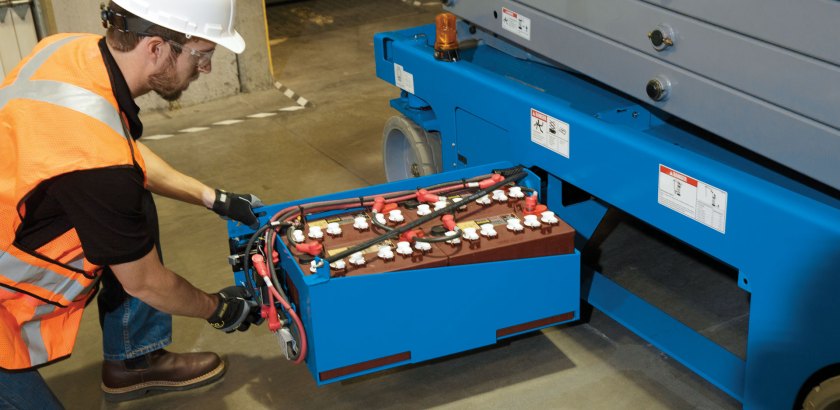
When it comes to acquiring aerial lifts for your projects, businesses often face the decision of whether to rent or buy. At TriStar Aerial, we understand that this choice depends on various factors, including financial considerations, project duration, and specific operational needs. Here’s a detailed comparison to help you make an informed decision.
Cost Considerations:
Renting: Renting aerial lifts can be more cost-effective for short-term projects or occasional use. It eliminates the need for a large upfront investment and allows you to allocate resources to other critical areas of your business. Rental costs typically include maintenance and repairs, reducing the financial burden of unexpected expenses.
Buying: Purchasing aerial lifts can be a worthwhile investment for long-term projects or frequent use. While the initial cost is higher, owning the equipment can be more economical over time. Ownership also provides tax benefits, such as depreciation and interest deductions. However, you must consider ongoing maintenance, storage, and insurance costs.
Flexibility and Access to Latest Technology:
Renting: Renting provides access to a wide range of equipment, allowing you to choose the best lift for each specific project. It also enables you to try out the latest models and technologies without committing to a purchase. Rental companies often update their fleets, ensuring you have access to the most advanced and efficient equipment.
Buying: Owning aerial lifts gives you immediate access to the equipment whenever you need it. However, purchasing limits your ability to switch to newer models easily. The resale value of older equipment can also decline as new technology becomes available.
Maintenance and Downtime:
Renting: Rental agreements typically include maintenance and repair services, reducing the risk of downtime and ensuring the equipment is always in good working condition. This can be particularly advantageous for businesses without dedicated maintenance teams.
Buying: Owning aerial lifts means you are responsible for all maintenance and repairs. While this allows for better control over the equipment’s condition, it also requires additional resources and expertise. Proper maintenance is crucial to minimize downtime and extend the equipment’s lifespan.
Project-Specific Needs:
Renting: Renting is ideal for projects with specific or variable needs. If your projects require different types of aerial lifts, renting allows you to choose the appropriate equipment for each job. This flexibility ensures you have the right tools to complete tasks efficiently and safely.
Buying: Purchasing aerial lifts is beneficial for businesses with consistent and predictable needs. If your projects regularly require the same type of equipment, owning can provide convenience and ensure availability. It also allows for customization to meet specific operational requirements.
Storage and Logistics:
Renting: Renting eliminates the need for long-term storage solutions. Rental companies handle the logistics of delivering and picking up the equipment, saving you time and space.
Buying: Owning aerial lifts requires adequate storage space to protect the equipment from damage and theft. Proper storage facilities are essential to maintain the condition and value of your investment.
Conclusion: Both renting and buying aerial lifts have their advantages and disadvantages. The right choice depends on your business’s financial situation, project requirements, and operational capabilities. At TriStar Aerial, we offer flexible rental options and expert advice to help you make the best decision for your needs. Contact us to discuss your options and find the perfect aerial lift solution for your business.






